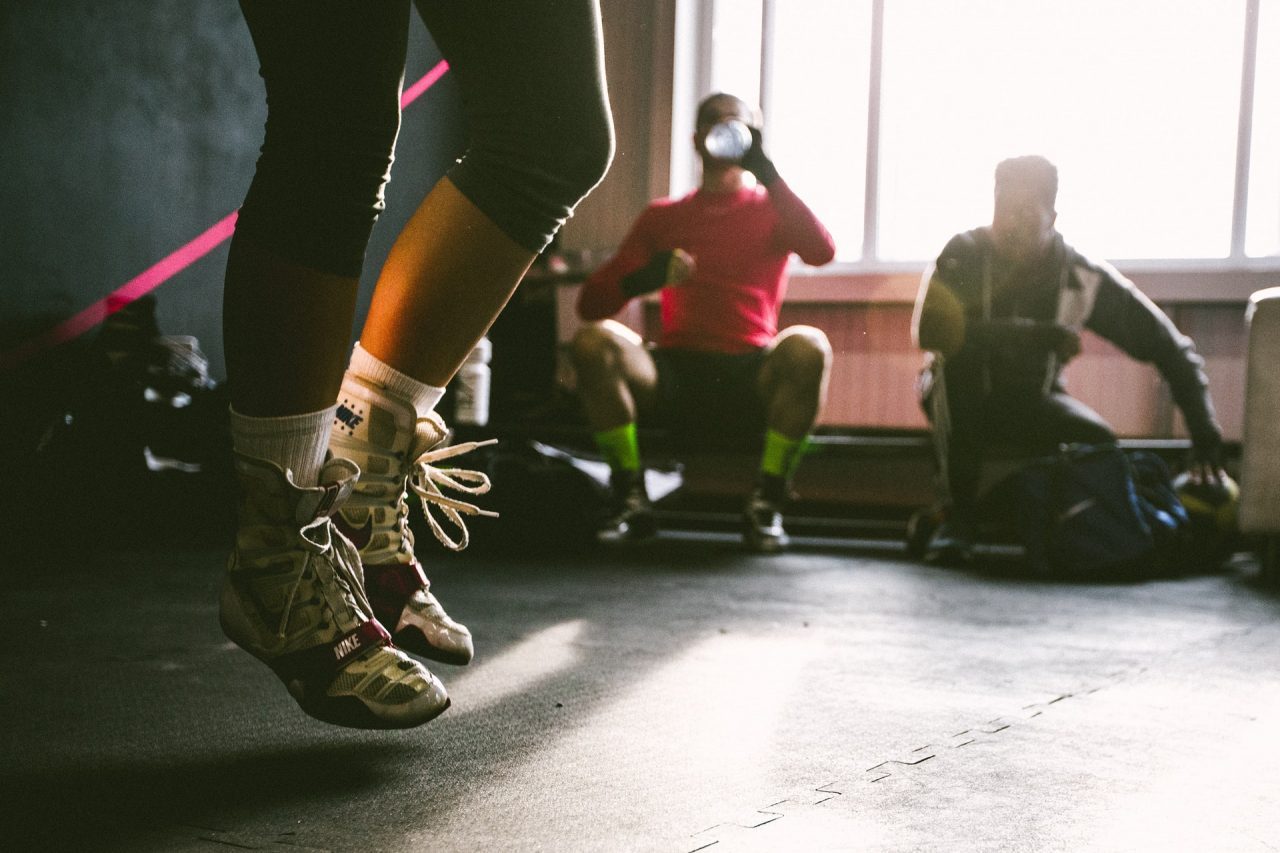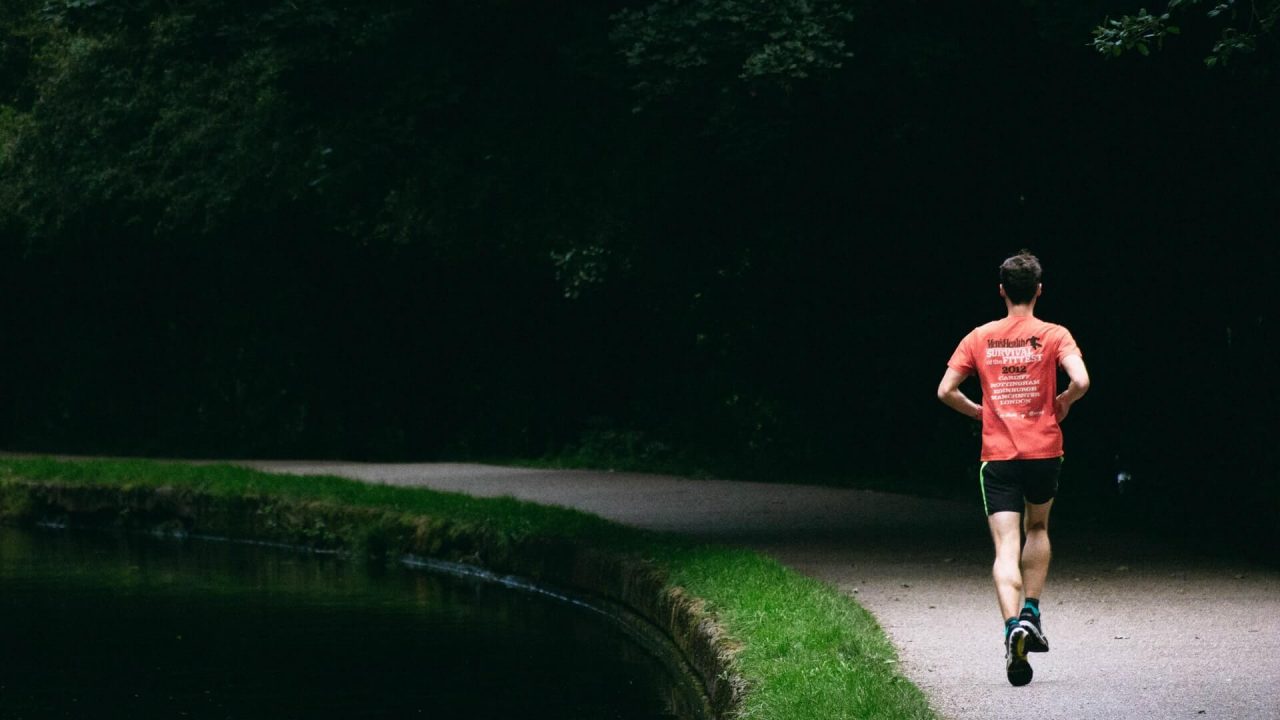One of the many reasons that we love running is its versatility as a sport. With great determination and the right pair of running shoes, runners have shown that they can take on even the highest of peaks and the harshest of terrains. Running as an innate form of movement allows runners to be flexible in their choice of terrains, however, due to its easy accessibility, running on roads is perhaps the most popular. Trail running has nonetheless gradually regained popularity and has proved to be an exciting terrain for runners who are looking to strengthen their connection to nature and find new opportunities for improving as athletes.
If you are new to the natural and wilder routes for running, further you can read about what we really mean when we talk about trail running and why many road runners turn to trails to get the most out of their many benefits as a terrain.
What Is Trail Running Exactly?
There is a common misconception that trail running involves running in mountainous terrains only. While when someone asks ‘what are trail runners’ we think of people who take on mountains as their running destination, they are only one among many types of trails. Trail running, simply put, is any run that takes place on roads that are not surfaced, paved, or sealed with materials such as asphalt or concrete. This can then further broaden the trail running definition as any running activity that takes place outdoors and on natural ground. That can involve deserts, forest paths, single track footpaths; trails can be on grass, rocks, snow, mud, you name it.
Why Is Trail Running Good for You?
Other than the picturesque views a trail run can offer you, it is also an activity that promotes many health benefits, both physical and mental. Here are some of the reasons why you should consider taking up trail running:
It strengthens the heart and cardiovascular system
Extensive studies have continuously shown that running in general is an effective activity for improving cardiovascular health. Running regularly, combined with the pleasantness of being outdoors, can help with regulating blood pressure, cholesterol, and blood sugar sensitivity, which are all contributing factors to an overall healthier heart.
It targets more leg muscles
Running on trails means that you won’t be running on even surfaces like asphalt roads or a treadmill. Instead, your running path can involve movements like jumping, climbing, and descending, depending on the trail. Consequently, your leg muscles will get a better workout due to the variety in movement.
It reduces risk of injury
Compared to running on the road, trails offer softer or muddier surfaces that are easier on your joints. When your feet hit the ground, the impact is less powerful than on hard surfaces of paved roads, therefore chances of joint pain and injury are significantly smaller.
It helps to reduce anxiety
The sense of adventure, immersion in nature, and overall mood-boosting benefits of running are a great way to combat anxiety and depression. When we run, the body releases endorphins, a chemical that reduces the perception of pain and stress, and simultaneously triggers a euphoric feeling.
It promotes healthy weight loss
If you have taken running to lose weight, trail running can be an intense calorie burner, especially if the trail involves running at irregular patterns such as uphill or downhill. Due to increased efforts, running at an incline can be an even faster calorie burner compared to running on an even surface such as the road.
You get better air quality
Running on trails means you are likely going to be running on hills, mountains, parks, further from the hustle and bustle of the roads and cities. This is a great way to connect with nature, get fresh air and to temporarily escape the more polluted environment of the city.
How to Get Into Trail Running
Trails can sound like an intimidating terrain for beginner runners, and while some can be more technical, with these tips and tricks you will be able to approach each trail with more ease.
Find a trail
If you are a beginner to running on trails, we suggest finding local trails near your area first, think parks and gravel trails. These are accessible and usually closer to residential areas, so you don’t need to go all out on your first trail run. Finding flatter surfaces will also help until you gradually adjust to running on steep hills.
Ease into it
Trail running can be quite the challenge, especially if it involves running uphill and downhill often, which can also slow you down in comparison to running on flat surfaces like roads and treadmills. Therefore, we recommend not treating trails with the same competitive attitude you might bring when running on those flatter surfaces, since duration and pace can vary a lot from trail to trail.
To adjust better to running on natural grounds, start with flatter surfaces and at a slower pace. This will help you build endurance without overexerting yourself, so you can gradually conquer steeper runs and increase speed.
Adjust your stride
Trails typically require using a short and quick stride, and keeping your weight on your feet. This is advisable due to the possible obstacle, especially if you are dealing with more technical trails such as those in mountains or hills.
Watch out for obstacles
Speaking of obstacles, you should stay aware at all times for potential obstacles. Watch out for rocks, dirt, tree branches, roots, and other hazards, as you could trip and fall. In the end, these obstacles make for the fun component of trail running, however it is always important to scan the ground as you run so you know what is ahead.
Walk when needed
While it is called trail running, that does not limit this activity to running only, especially if you’ve chosen a particularly technical trail. It is perfectly normal to walk and climb when you are too tired to run or it is unsafe to run if you spot a certain obstacle. The goal should be to avoid injuries and get the most out of your performance without being completely exhausted mid-run.
Share the trail respectfully
If you are running with a group, or perhaps you are running on a trail that is frequented by a lot of other fellow runners, it is important to be courteous and to make way for them, especially if you are going downhill. Running at a downward slope gives you a better view of people going uphill, as well as it is respectful to yield since it requires less effort from you than from people who are going uphill.
Stay safe
Safety is always crucial with outdoor sports, and trail running makes no exception. Here are some things to consider:
- If you have a dog, take them with you as a companion, or invite a running buddy to run with you.
- Inform someone of the time you expect to get back from your run, so they can check up on you if you don’t come back in time.
- Check out running apps that offer the option to share your location with family or a friend so they can keep track of your whereabouts.
- Bring water and snacks to elevate your energy levels if needed.
Trails are a fun and adventurous way to explore the many benefits of running and of being in nature. With the right precautions and preparations, you will maybe even find yourself preferring trails to road running.





